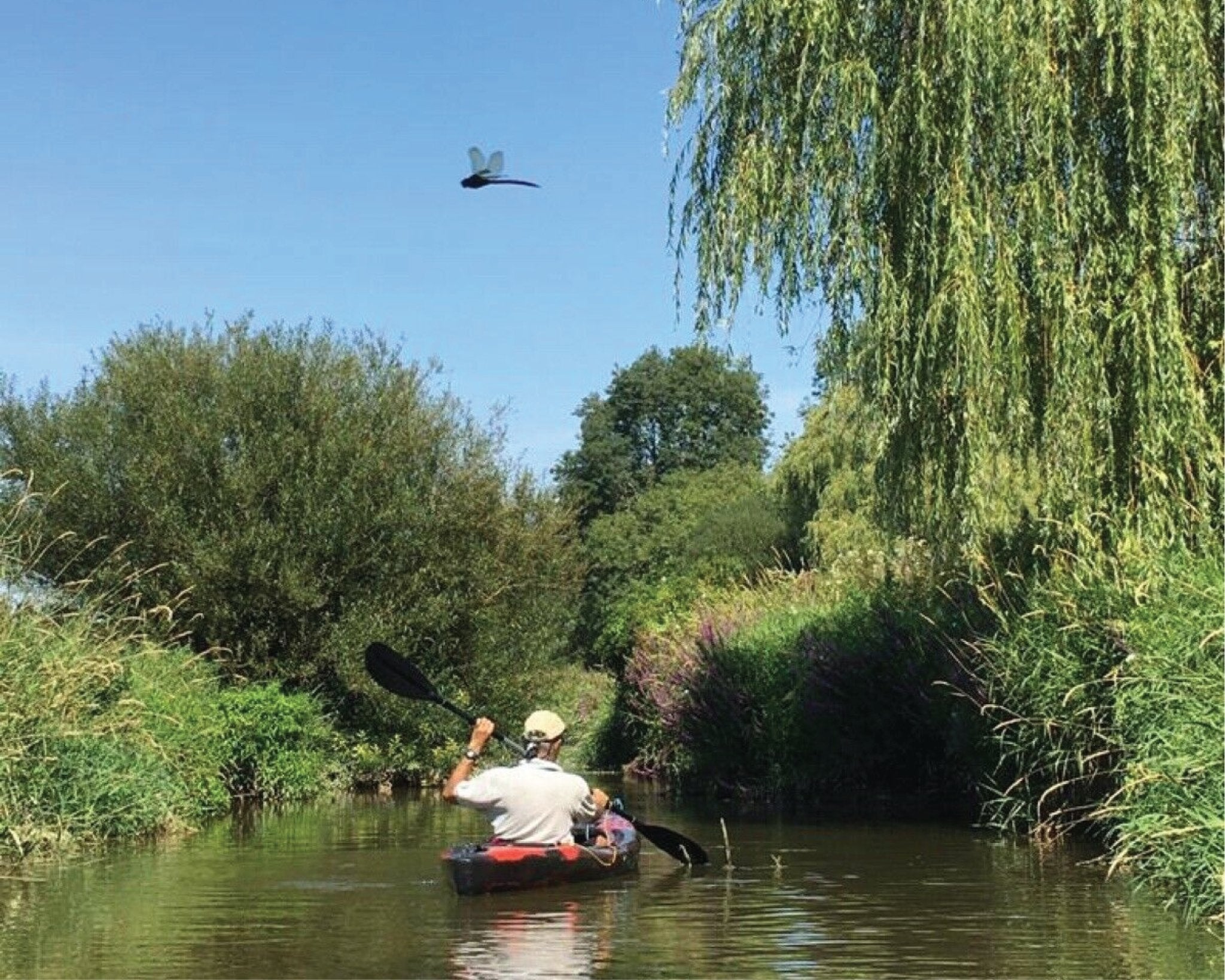Staying safe on the water this Spring
Spring is now here and with some nice weather just around the corner it’s time to dust off your kayak or canoe that’s been in winter storage and get back out on the water. If you are brand new to the sport and looking to purchase your first boat, be sure to check out our range HERE You can always call our helpful staff for advise on choosing which kayak is best for you on 01246 866800.
If you are a hardcore paddler who has kept up with kayaking over the winter months, the spring probably could not come soon enough! No more defrosting the car to get to your session, no risk of falling into near freezing water and the warmth of the sun on your body really does help to revitalise you and put you in better spirits.
It doesn’t matter what type of paddler you are, before getting out on the water you should clue yourself up on the key safety precautions to remember:
Double check your gear
Before even contemplating a day out on the water, check over your equipment to ensure all is in working order. Check your canoe or kayak from top to bottom for cracks or any general wear and tear that could cause potential problems. Repairs can be a lengthy process so if you have a trip planned it is always worth getting the boat out a few weeks before to make sure all is well.
Paddles also need a solid check over, scratches and marks most likely won’t affect performance but if there is anything more significant than that and you don’t have faith it will hold out much longer – it probably won’t!
Buoyancy aids, helmets and spray decks need particular attention before getting out on the water. Inspect the buckles and straps carefully and be prepared to pay for repairs or purchase new items if necessary.
Research the conditions
Always be aware of the weather conditions before your paddling session. British weather is particularly changeable so check the full forecast for the area you are visiting so that you can have a rough idea of what to expect.
It’s worth noting that the BBC has an excellent section on their weather site devoted to Coast and Sea conditions, including information on inshore waters and regional tides. Also note that The Met Office compiles an array of information including wind speeds, precipitation levels and more.
Knowing the conditions before setting out to paddle may be the most vital safety point we share with you today. Incorrect decisions can lead to more than an inconvenience, being unaware of adverse weather can become a matter of life and death.
Refresh your knowledge of access points
If you are new to an area or have not been out for a while, it’s essential to be aware of access points and any potential hazards. Thanks to Google Earth this has never been easier as you can now look in advance to plan your paddle route and identify any potential dangers. Always be prepared to adapt your route to circumstances that may arise out on the water.
Communication is vital
Paddling is always better with a friend, not just for the added enjoyment of making it a social activity but also because you can look out for one another on the water. If you do decide to head out alone, be sure to tell someone the route of where you are going and roughly how long you anticipate being gone. Keep your phone on you in a protective water proof pocket so you can contact someone for help should you need to.

